So continued our tour of museums in Osaka on the backs of our Osaka Unlimited Passes and the accompanying coupons. We up and over to the north-central part of the city. Just above Tenjinbashisuji 6-chome [天神橋筋 6 -丁目] subway station, there is a municipal office building. It was the most unassuming building, but it houses a museum on it's top three stories. [By the way, that must be one of the strangest subway station names, I have ever seen - H]
We took the elevator directly up to the top of the museum and gained admission with our coupons. We rounded the corner just beyond the entrance and was instantly greeted with the faux sky canopy above a total re-creation of an Osaka street scene of the early 20th century. On this top floor, we were level with the rooftops of the re-created buildings with the "indoor sun" shining brightly over the township below. It all obviously looks quite staged from this perspective.
Down a set of stairs and we were right down at street level. The museum wasn't all that busy because it's not a large attraction. However, I would say that the whole street scene experience was very well done. There are no vendors or actors in the street, but the stores and homes that line the street are very detailed and full of little nooks and corners to explore on your own.
The main street was relatively wide and open. The indoor sun shone brightly from the floodlights above and filled the street with a natural glow. All the homes and storefronts were illuminated by the "sun". In one storefront, there was a whole shelf of small trinkets or toys. In another, there were the drawers for traditional medicinal ingredients. It reminded me of what traditional Chinese medicine shops are like, except I couldn't figure out what the labels said. Actually, I don't know what half the labels in a Chinese medicine shop say anyway.
All the homes and shops in the middle of the exhibit were fully built with rooms in the back. When you reach the back of the buildings, you reach a small alley in the back. The alley was much narrower and you could even stumble across a little shrine in one of the corners if you took the time to explore. Again, the detail of each room was much appreciated. Careful exploration certainly paid off with pleasant surprises.
While exploring the back alley, the "weather" began to change. The sky darkened and the sound of the wind picked up. Pretty soon, the sound of rain pelting the rooftops was echoing throughout the street scene. Then lightning and thunder rolled on through. The storm went as quickly as it came and the sun started to shine again. Rain drops could be heard dripping from the tiles above to the ground below. Thankfully, the museum didn't go for the full 4D effect with water.
After finding some replica toilets, which were fortunately never used as toilets, night started to fall. The sky turned a royal purple for the sunset, then an almost complete darkness for night. The sounds of crickets and owls now took over the soundscape. Even a tiny moon made it's way across the ceiling above. We made our way back through another building to the main street. All the shops and homes were now lit from within. It was an old-time Osaka night scene.
We exited the exhibit and made our way to the next floor. By now, you should expect there to be lots of dioramas and miniatures in a Japanese museum. This floor was all dioramas and miniatures. The delicate and detailed displays showed scenes to the beginning of Modern Japanese history. The scene of tightly packed buildings with a large boulevard running down the middle was typical of early urban modernization.
There were also scenes of various activities that happened in Osaka. One was a moving miniature display of life in Shinsaibashi [心齋橋] in the early day. Another was another moving miniature of a festival that took place on the river. If you like miniatures, you will love this part of the museum.
The regular price of admission to the Osaka Museum of Housing and Living is ¥600, but we got in for free with our Osaka Unlimited Pass. But even at ¥600, I think this museum would have been well worth the small admission fee. We were very happy that we visited this museum. It would have been very easy to overlook this small attraction.
Sapporo Cityscape
3 years ago


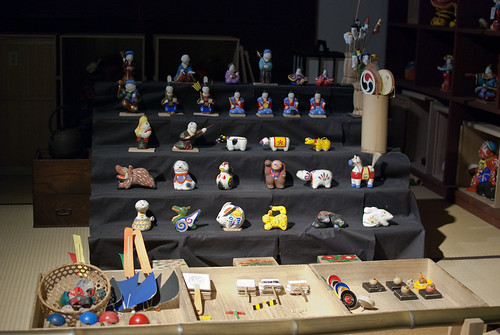
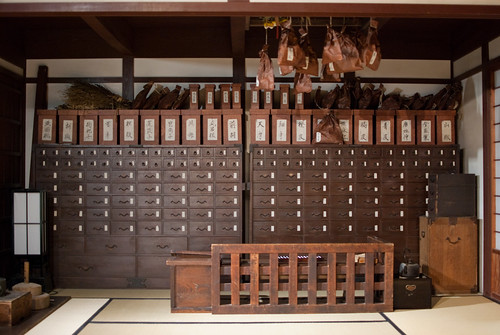
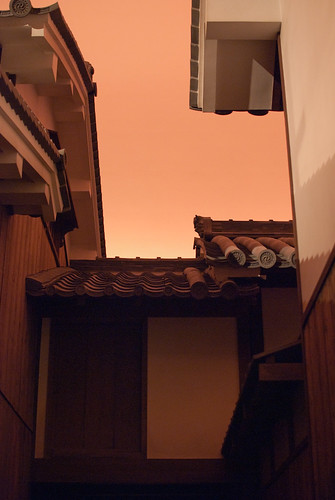
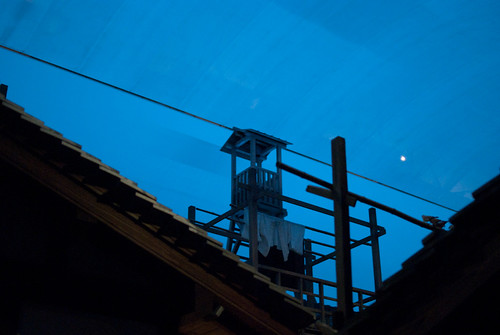
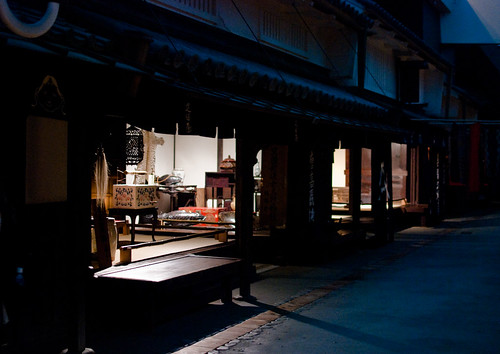
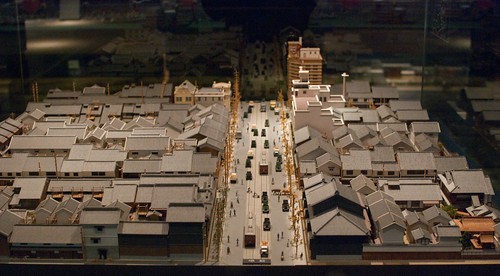
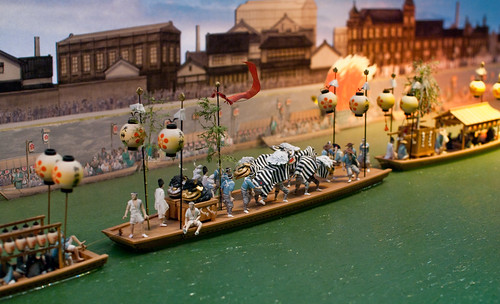
No comments:
Post a Comment